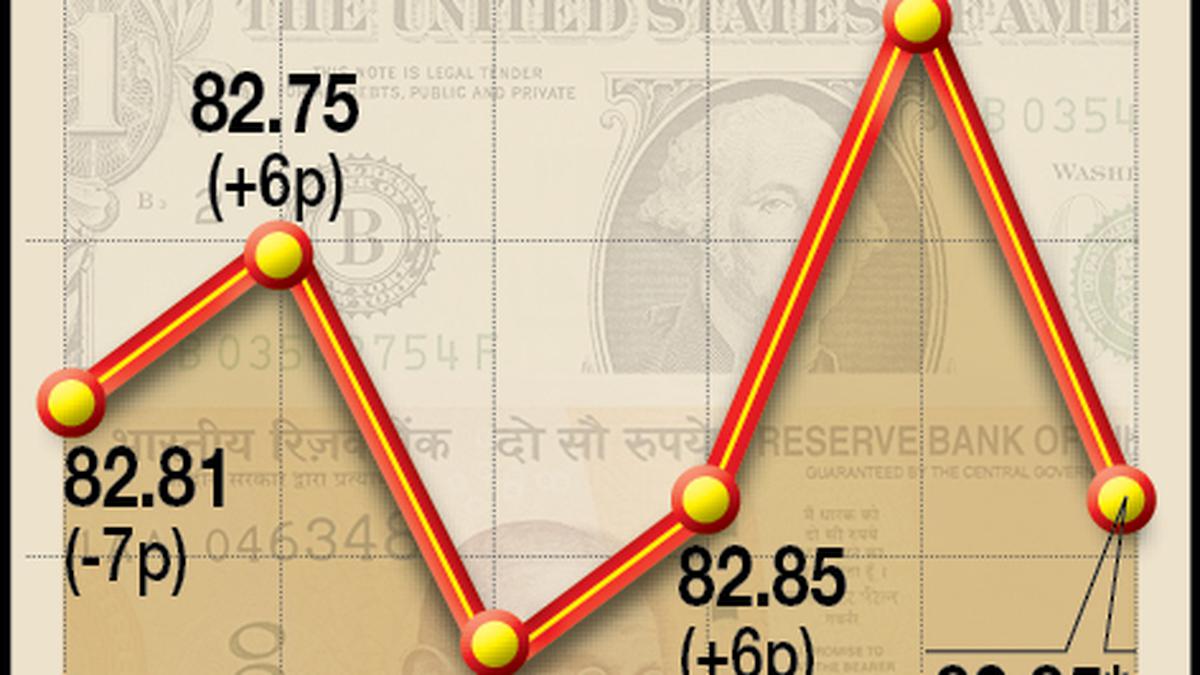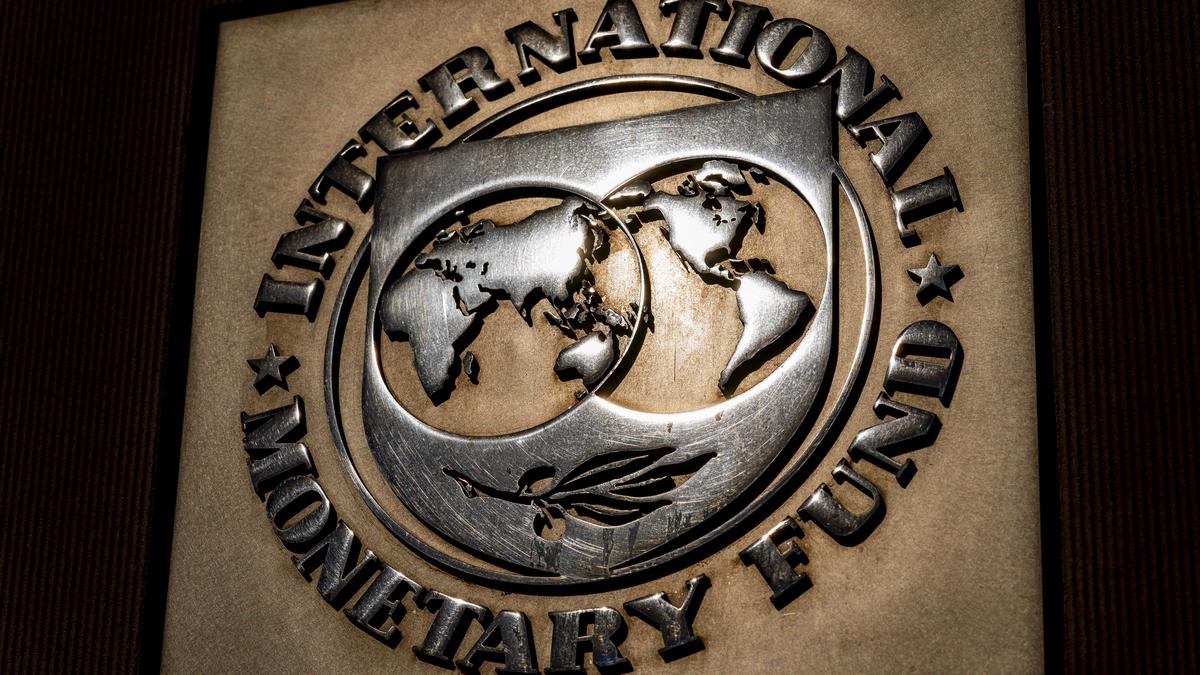T.T. Srinivasaraghavan. Photo: Special Arrangement
The number of economists in India on January 31 is 842, on February 1, it’s 2,87,329… on Feb. 2, it rises to 3,34,569 and on Feb. 3, it is back to 842!” says a WhatsApp message doing the rounds. I certainly do not count myself in that number. It is in my capacity as a long-time student and watcher of the Indian economy that I offer my comments.
At first blush, the Finance Minister appears to have waved a magic wand. The key priority areas of infrastructure, agriculture, digitisation, green initiatives, ease of doing business and, importantly, personal taxation have received the desired focus. All while staying within the boundaries of fiscal prudence. With major State elections and the 2024 general election looming, the temptation to go the populist route must have been compelling. It is to her credit that she has chosen the path of prudence and continuity.
The increased outlays of ₹10 lakh crore for infrastructure and ₹2.4 lakh crore for the Railways are particularly noteworthy and demonstrate the government’s continuing commitment towards building world-class roads, ports, airports and modern railway networks. These proposals are likely to have significant downstream benefits, not least in terms of employment creation. Equally, the nuanced approach towards agriculture, focussing on technology and digital initiatives rather than freebies and subsidies, is to be welcomed. The objective of facilitating one crore farmers to adopt natural farming over the next three years is indeed laudable.
Several proposals have been unveiled to support the crucial, yet often neglected, MSME sector, which is rightly described as the backbone of our economy. The various reliefs, including the revamped credit guarantee scheme, will go a long way in alleviating the pain of MSMEs that bore the brunt of the pandemic-induced slowdown.
Unsurprisingly, it is the direct tax proposals that have grabbed the most attention. While these changes were perhaps overdue, the Finance Minister has sent out a clear message that the era of exemptions is drawing to a close. What implications this will have for middle class savers remain to be seen. Traditionally, certain insurance and mutual fund products have been viewed primarily as tax-saving devices rather than as savings avenues. Will the new tax regime turn people away from their favourite Section 80C (of the Income Tax Act) havens? Only time will tell.
As always, experts will analyse the fine print and the proverbial devil in the details will emerge. Initial euphoria will turn to gloom. There will be those that rejoice and others that lament. But isn’t this the annual Budget circus that we all eagerly look forward to in February, year after year?
Given the conflicting pressures exerted by the vagaries and complexities of the global economic landscape, the political compulsions during an election-filled year and the growth impulses of a young and aspirational population, this Budget must rank as the best that the Finance Minister has delivered in her five-year tenure. The 842 “real” economists will no doubt have their own say!
T.T. Srinivasaraghavan is Chairman Emeritus, Finance Industry Development Council













